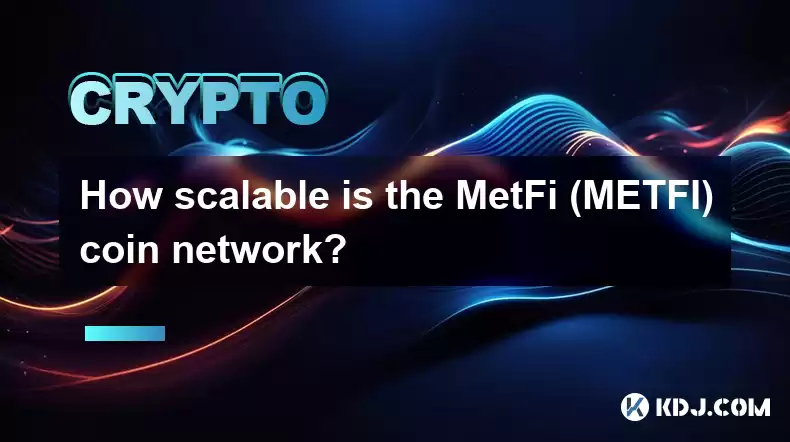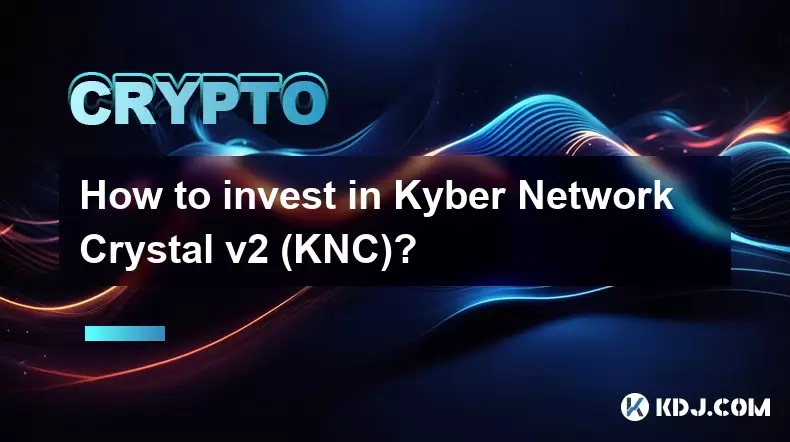-
 Bitcoin
Bitcoin $119900
0.94% -
 Ethereum
Ethereum $4633
9.35% -
 XRP
XRP $3.254
3.60% -
 Tether USDt
Tether USDt $0.9998
-0.04% -
 BNB
BNB $837.0
3.48% -
 Solana
Solana $194.3
10.87% -
 USDC
USDC $0.9998
-0.02% -
 Dogecoin
Dogecoin $0.2370
5.91% -
 TRON
TRON $0.3528
1.79% -
 Cardano
Cardano $0.8460
9.05% -
 Chainlink
Chainlink $23.61
12.06% -
 Hyperliquid
Hyperliquid $44.91
3.99% -
 Stellar
Stellar $0.4475
2.93% -
 Sui
Sui $3.899
5.78% -
 Bitcoin Cash
Bitcoin Cash $620.7
6.74% -
 Hedera
Hedera $0.2602
4.59% -
 Ethena USDe
Ethena USDe $1.000
-0.03% -
 Avalanche
Avalanche $24.84
8.52% -
 Litecoin
Litecoin $131.0
9.17% -
 Toncoin
Toncoin $3.509
3.47% -
 UNUS SED LEO
UNUS SED LEO $9.170
2.15% -
 Shiba Inu
Shiba Inu $0.00001360
4.82% -
 Uniswap
Uniswap $11.66
5.28% -
 Polkadot
Polkadot $4.180
7.93% -
 Ethena
Ethena $0.8242
2.31% -
 Dai
Dai $0.9998
-0.04% -
 Cronos
Cronos $0.1630
-3.04% -
 Pepe
Pepe $0.00001224
9.07% -
 Bitget Token
Bitget Token $4.464
1.16% -
 Aave
Aave $321.9
9.17%
How scalable is the MetFi (METFI) coin network?
METFI's multi-chain approach, layered network architecture, and transaction parallelization techniques combine to enhance scalability, ensuring rapid and efficient transaction processing.
Dec 31, 2024 at 11:48 pm

Key Points:
- MetFi (METFI) employs a range of advanced technologies to ensure scalability
- METFI utilizes a multi-chain approach, bridging multiple blockchains for seamless interoperability
- The layered network architecture ensures rapid transaction processing without compromising security
Scalability Features of the MetFi (METFI) Coin Network:
1. Multi-Chain Architecture:
METFI adopts a multi-chain approach, seamlessly connecting multiple blockchains. This allows for:
- Increased Capacity: Distributing transactions across multiple chains significantly increases the overall network's transaction capacity, enabling it to handle higher volumes of activity.
- Enhanced Interoperability: Connecting to multiple blockchains promotes cross-chain asset transfers and interoperability, facilitating the flow of assets and data between different ecosystems.
- Optimized Sharding: The multi-chain architecture allows for the partitioning of the network into smaller, more manageable shards, further improving scalability and reducing transaction latencies.
2. Layered Network Architecture:
METFI's layered network architecture deconstructs the network into distinct layers with specific functionalities:
- Base Layer: This layer provides the core infrastructure, including consensus mechanisms and immutable data storage, ensuring network security and data integrity.
- Application Layer: The application layer hosts decentralized applications (dApps) and smart contracts, allowing for the development of a wide range of financial applications and services.
- Interaction Layer: This layer facilitates communication between the base and application layers, handling message routing and transaction processing, enhancing transaction speeds and reducing network congestion.
3. High-Speed Consensus Mechanisms:
METFI employs highly efficient consensus mechanisms, such as Delegated Proof of Stake (DPoS) or Proof of Authority (PoA), which:
- Accelerated Transaction Confirmation: Fast consensus algorithms allow for rapid transaction confirmation times, significantly reducing waiting periods and improving user experience.
- Lower Transaction Costs: Efficient consensus mechanisms minimize computational overhead, reducing the gas fees associated with transactions, making the network more accessible and cost-effective.
4. Scalability Through Sidechains:
METFI utilizes sidechains, parallel chains that operate alongside the main blockchain, to:
- Offload Transactions: Sidechains shoulder the burden of non-critical transactions, freeing up resources on the main chain for more important transactions, improving overall network efficiency.
- Increased Flexibility: Sidechains provide a flexible platform for experimenting with different consensus mechanisms and scalability techniques, allowing the MetFi network to adapt to evolving industry needs.
5. Transaction Parallelization:
METFI employs transaction parallelization techniques to:
- Parallel Processing: Divide transactions into smaller sub-transactions that can be processed simultaneously, significantly reducing transaction processing times and improving network throughput.
- Enhanced Concurrency: Enable multiple transactions to execute concurrently, minimizing the impact of latency and increasing the overall speed of the network.
FAQs:
Q: How does the multi-chain architecture improve scalability?
A: By distributing transactions across multiple chains, the multi-chain architecture increases overall transaction capacity and enhances interoperability between different blockchain ecosystems.
Q: What role does the layered network architecture play in scalability?
A: The layered architecture separates the network into distinct functional layers, allowing for faster communication, improved transaction handling, and reduced latency.
Q: How do high-speed consensus mechanisms contribute to scalability?
A: By using efficient consensus algorithms, MetFi can confirm transactions rapidly, reducing waiting periods and minimizing gas fees.
Q: What advantages do sidechains offer for scalability?
A: Sidechains divert non-critical transactions away from the main chain, freeing up resources for more important transactions, increasing network efficiency, and enabling the exploration of alternative scalability solutions.
Q: How does transaction parallelization enhance scalability?
A: By dividing transactions into smaller units and executing them concurrently, transaction parallelization reduces processing times and improves network throughput.
Disclaimer:info@kdj.com
The information provided is not trading advice. kdj.com does not assume any responsibility for any investments made based on the information provided in this article. Cryptocurrencies are highly volatile and it is highly recommended that you invest with caution after thorough research!
If you believe that the content used on this website infringes your copyright, please contact us immediately (info@kdj.com) and we will delete it promptly.
- Unich's OTC Exchange: Surging with $1.2B Volume – What's the Hype?
- 2025-08-13 02:50:11
- MoonBull's Explosive Moves: Your Crypto Whitelist Ticket to Ride!
- 2025-08-13 02:30:11
- MAGACOIN Finance: Don't Miss the Presale Bonus!
- 2025-08-13 02:30:11
- Trump's Crypto Kingdom: $2.4 Billion and Counting
- 2025-08-13 02:50:11
- Solana, LSTs, and SEC Approval: A New Dawn for Crypto?
- 2025-08-13 02:55:12
- Bitcoin's Profit Surge: Unpacking the BTC Value Boom
- 2025-08-13 02:55:12
Related knowledge

How to purchase Aragon (ANT)?
Aug 09,2025 at 11:56pm
Understanding Aragon (ANT) and Its PurposeAragon (ANT) is a decentralized governance token that powers the Aragon Network, a platform built on the Eth...

Where to trade Band Protocol (BAND)?
Aug 10,2025 at 11:36pm
Understanding the Role of Private Keys in Cryptocurrency WalletsIn the world of cryptocurrency, a private key is one of the most critical components o...

What is the most secure way to buy Ocean Protocol (OCEAN)?
Aug 10,2025 at 01:01pm
Understanding Ocean Protocol (OCEAN) and Its EcosystemOcean Protocol (OCEAN) is a decentralized data exchange platform built on blockchain technology,...

How to invest in Kyber Network Crystal v2 (KNC)?
Aug 12,2025 at 05:21pm
Understanding Kyber Network Crystal v2 (KNC)Kyber Network is a decentralized liquidity hub built on the Ethereum blockchain that enables instant token...

Where can I buy UMA (UMA)?
Aug 07,2025 at 06:42pm
Understanding UMA and Its Role in Decentralized FinanceUMA (Universal Market Access) is an Ethereum-based decentralized finance (DeFi) protocol design...

What exchanges offer Gnosis (GNO)?
Aug 12,2025 at 12:42pm
Overview of Gnosis (GNO) and Its Role in the Crypto EcosystemGnosis (GNO) is a decentralized prediction market platform built on the Ethereum blockcha...

How to purchase Aragon (ANT)?
Aug 09,2025 at 11:56pm
Understanding Aragon (ANT) and Its PurposeAragon (ANT) is a decentralized governance token that powers the Aragon Network, a platform built on the Eth...

Where to trade Band Protocol (BAND)?
Aug 10,2025 at 11:36pm
Understanding the Role of Private Keys in Cryptocurrency WalletsIn the world of cryptocurrency, a private key is one of the most critical components o...

What is the most secure way to buy Ocean Protocol (OCEAN)?
Aug 10,2025 at 01:01pm
Understanding Ocean Protocol (OCEAN) and Its EcosystemOcean Protocol (OCEAN) is a decentralized data exchange platform built on blockchain technology,...

How to invest in Kyber Network Crystal v2 (KNC)?
Aug 12,2025 at 05:21pm
Understanding Kyber Network Crystal v2 (KNC)Kyber Network is a decentralized liquidity hub built on the Ethereum blockchain that enables instant token...

Where can I buy UMA (UMA)?
Aug 07,2025 at 06:42pm
Understanding UMA and Its Role in Decentralized FinanceUMA (Universal Market Access) is an Ethereum-based decentralized finance (DeFi) protocol design...

What exchanges offer Gnosis (GNO)?
Aug 12,2025 at 12:42pm
Overview of Gnosis (GNO) and Its Role in the Crypto EcosystemGnosis (GNO) is a decentralized prediction market platform built on the Ethereum blockcha...
See all articles

























































































